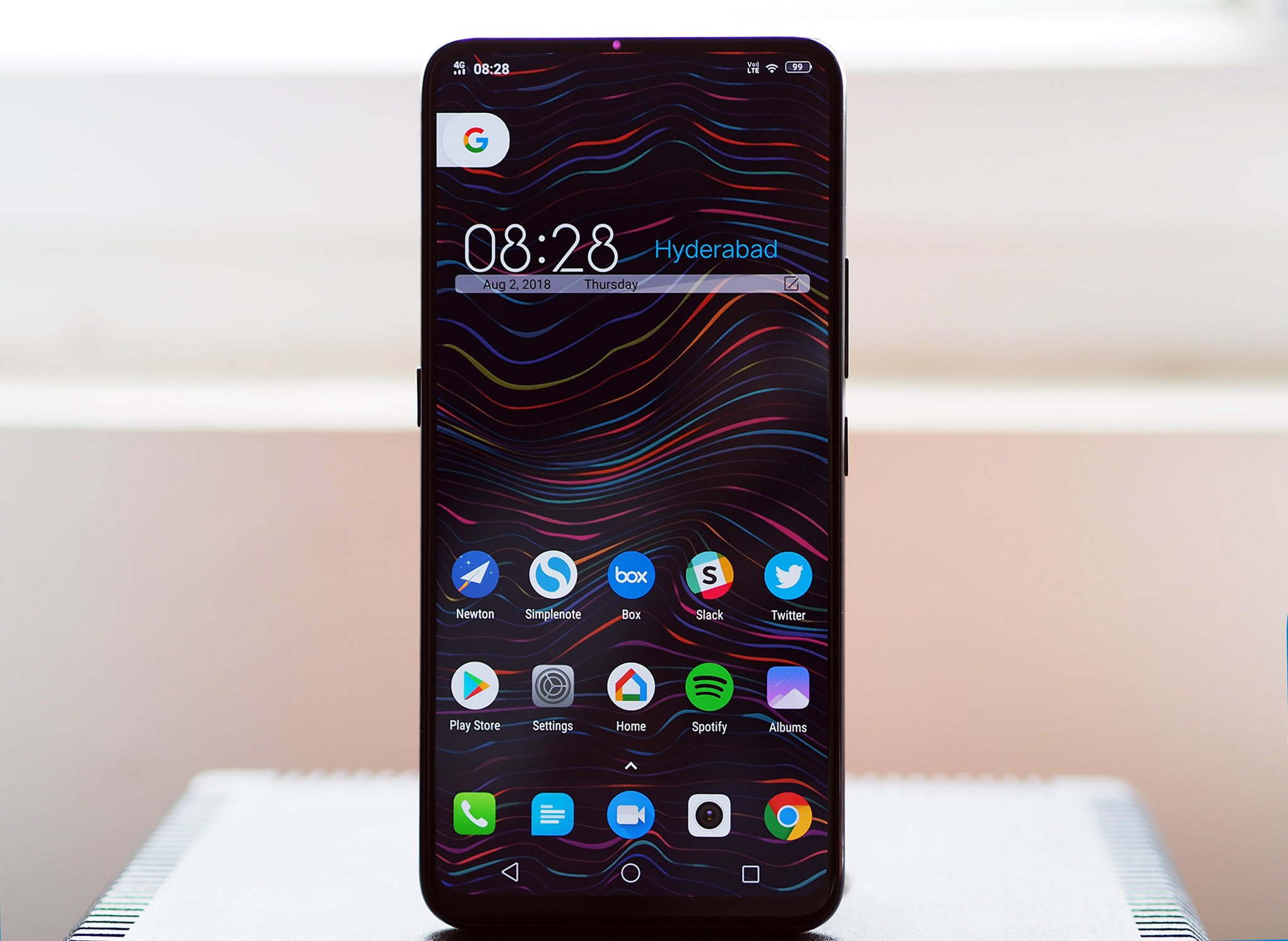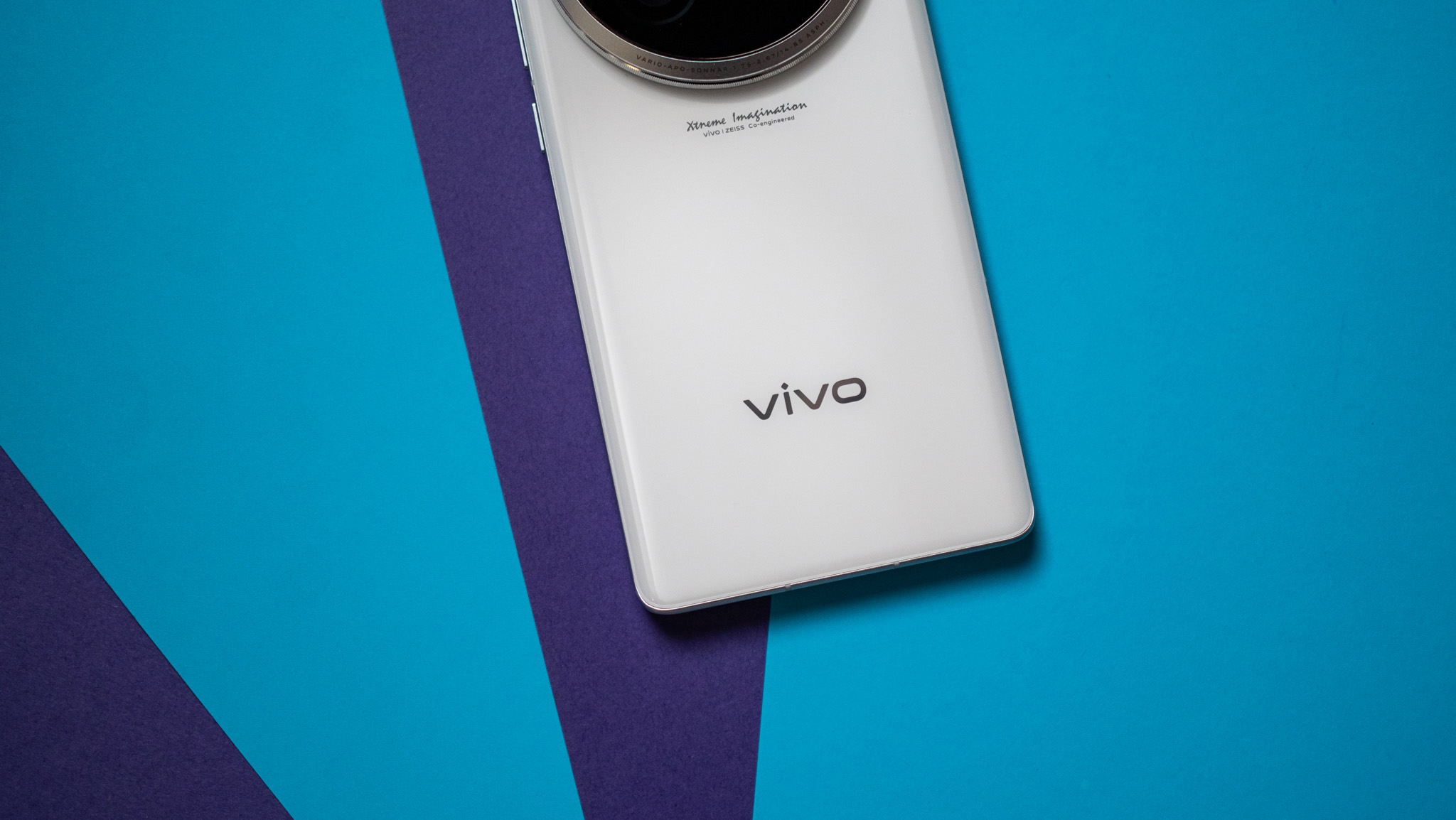Android Central Verdict
Price: ₹44,990 ($650)Bottom line: The Vivo NEX is one of the most exciting phones of 2018. The retractable camera works reliably, the large bezel-less screen is ideal for gaming, and the two-day battery life lets you use the phone without worry of running out of charge. Software issues aside, the NEX is a fantastic phone if you're in the market for something different.
Pros
- +
Retractable camera
- +
Razor-thin bezels
- +
Exquisite design
- +
Two-day battery life
Cons
- -
Availability limited to Asia
- -
Software resembles iOS
- -
No water resistance
- -
Long-term durability
Why you can trust Android Central
The Indian handset market is one of the most competitive in the world, with no shortage of options at all price points. Vivo has managed to rise up the ranks in the country over the last four years through a combination of aggressive marketing and an impressive distribution network. The company has targeted the budget and mid-range segments, but it is now setting its sights on the premium category with its latest flagship, the NEX.
Vivo garnered a lot of global attention back at MWC with the X21, which was the first phone in the world to offer an in-display fingerprint sensor. The X21 was proof that Vivo could deliver innovation at a large scale, and the NEX furthers that belief.
The NEX also features an in-display fingerprint sensor, but its main attraction is a retractable front camera module that's hidden away in the top portion of the chassis when not in use. To accommodate the bezel-less panel, Vivo had to come up with innovative solutions for the array of sensors that usually accompany the front camera module. The ambient light sensor lives underneath the display, and you get Vivo's SoundCasting tech instead of the usual earpiece, which turns the entire screen into a speaker.
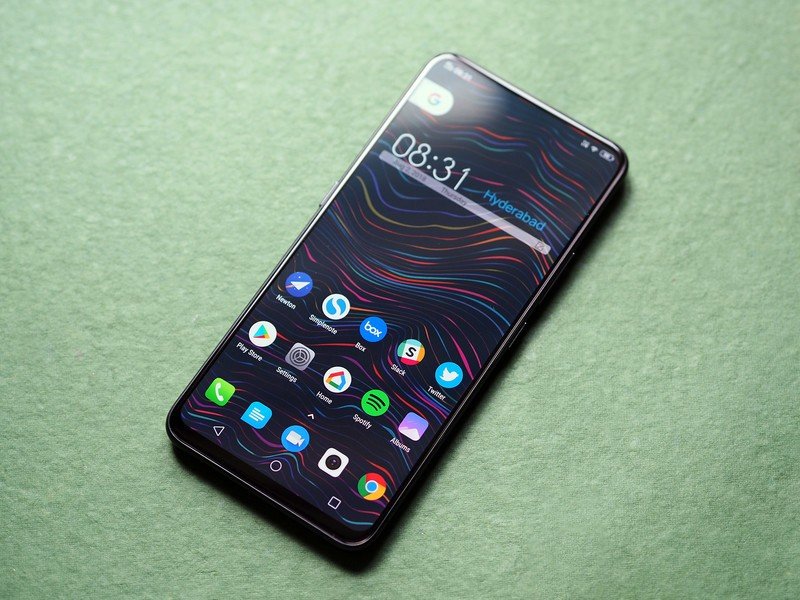
Vivo NEX Hardware
It's safe to say that the Vivo NEX is one of the most innovative phones of 2018. Vivo solved the problem of the notch by hiding the front camera behind a motorized slider, and it did so without having to get rid of the headphone jack.
The NEX has a 91.24% screen-to-body ratio, and the lack of any cutouts for sensors does create a more immersive experience. There is a subtle chin at the bottom, but it doesn't detract from the bezel-less effect that Vivo is going for. The power and volume buttons are located on the right, and there's a dedicated button on the right to invoke the Google Assistant. There's a 3.5mm jack up top, and the phone charges over USB-C.
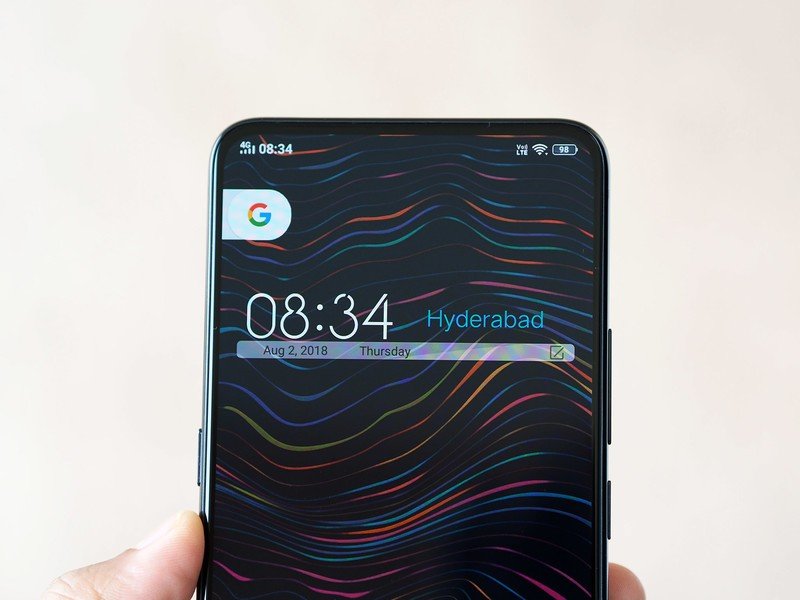
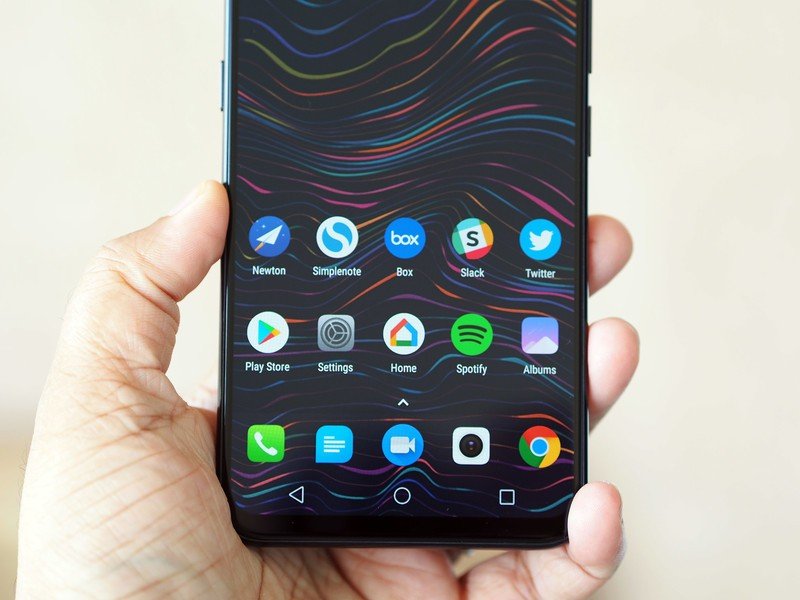
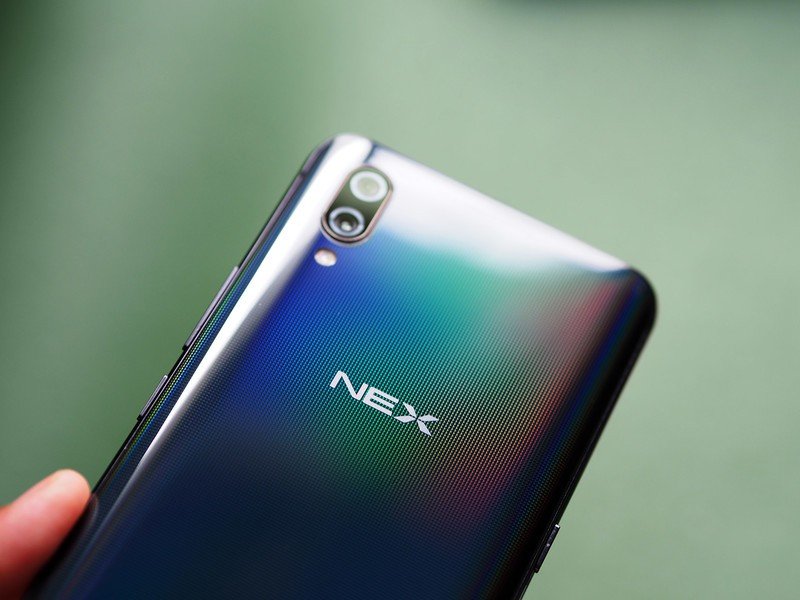
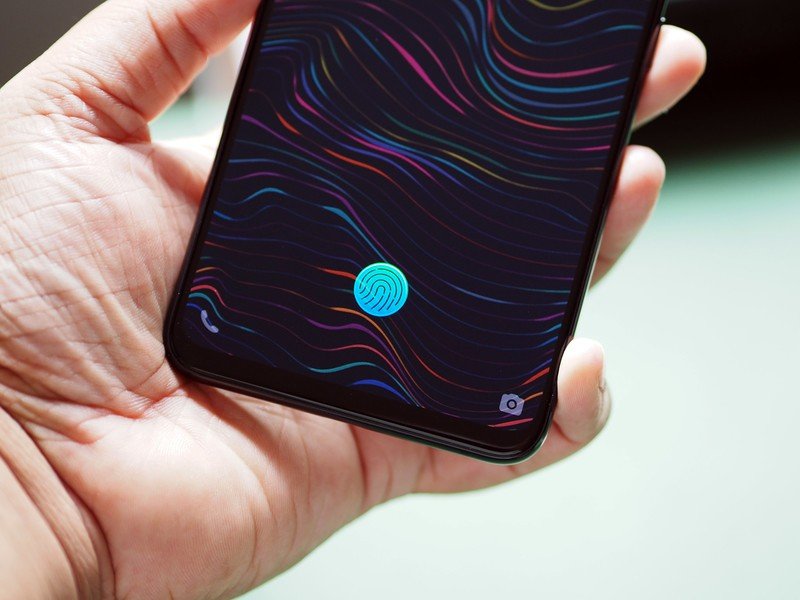
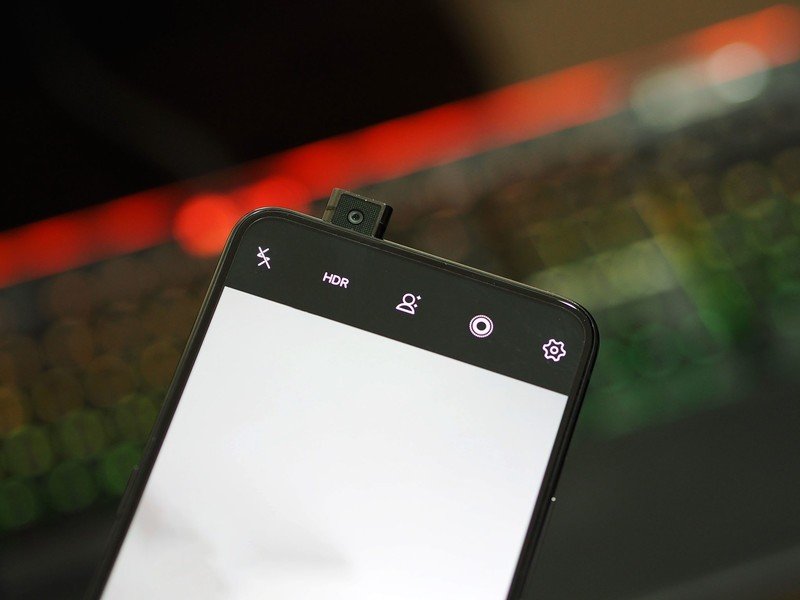
The NEX's raison d'être is the 8MP camera module that elevates from the body whenever you enable the front camera. The camera takes just under a second to pop up, and while the slider itself doesn't make any sound, you can set up custom sound effects to add to the occasion. The slider is one of the coolest features you'll find on a phone today, and more importantly, it works without any issues day in, day out.
The only unknown with the slider is long-term durability. I activated the slider over a hundred times, and it worked just as reliably every single time, but it remains to be seen how it fares after a few months' worth of pocket lint has accumulated around the module.
Although most of the attention goes towards the retractable camera, the NEX has a glass back with a geometric pattern that makes it stand out. The colors alternate based on the light reflecting off its surface, and the overall effect is quite evocative.
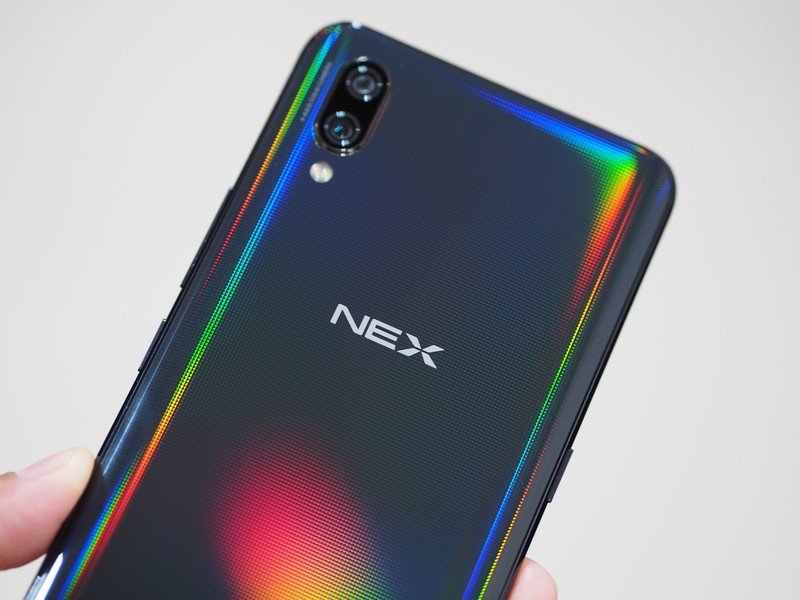
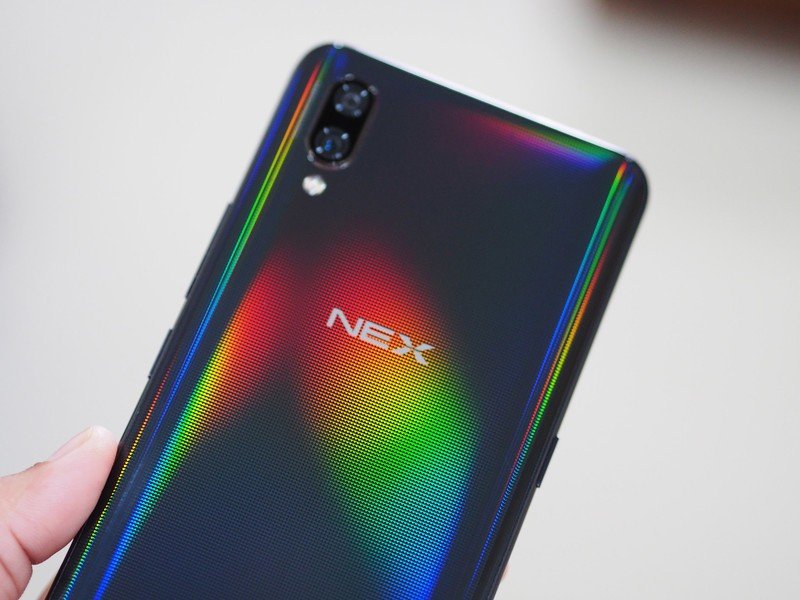
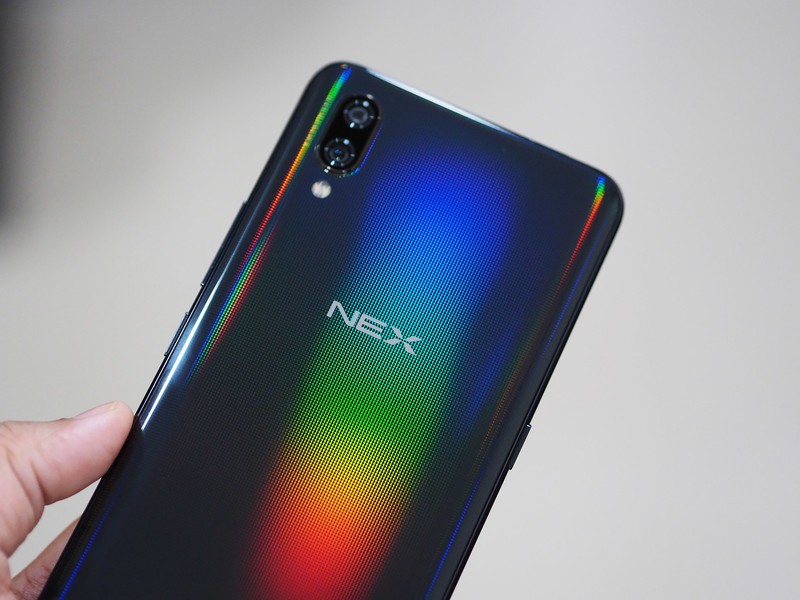
The NEX took a few tumbles and weathered them without any damage, but it didn't do so when the front camera was engaged. Vivo mentioned that the motor could withstand a weight of 50 kilos, and while it's clear that the manufacturer thought of such an eventuality and designed around it, there's no telling if it will hold up in real-world usage.
And because the NEX has a retractable camera module, it is neither dust nor water resistant. The module also limits case options for the phone — Vivo includes one in the box that doesn't cover the top portion of the device.
Vivo placed a lot of bold bets on the NEX, and they paid off handsomely.
The Vivo NEX is one of the largest phones around, and at 199g it's also one of the heaviest. It's 4g heavier than the Galaxy Note 8, but because Vivo was able to trim down the bezels considerably, it is 0.5mm shorter than the Note 8 while offering a screen that's 0.3 inches larger.
Coming to the display, the 6.59-inch Super AMOLED screen is one of the largest on a phone today, and the all-screen front makes the NEX one of the best gaming devices in the market. Viewing multimedia content on the 19.3:9 ratio isn't as exciting as most videos are still letterboxed to 16:9, but games make full use of that screen real estate. Playing PUBG in particular is delightful — the screen provides a large canvas, and the underlying hardware is the best currently available.
| Specs | Vivo NEX |
|---|---|
| Screen | 6.59-inch FHD+ (2316x1080) Super AMOLED |
| Chipset | Snapdragon 845 |
| RAM | 8GB |
| Storage | 128GB |
| Software | Android 8.1 Oreo |
| Rear Camera 1 | 12MP, ƒ/1.8 |
| Rear Camera 2 | 5MP, ƒ/2.4 |
| Front Camera | 8MP, ƒ/2.0 |
| Battery | 4000mAh |
| Connectivity | Wi-Fi 802.11 ac, BT5.0, dual VoLTE |
| Security | In-display fingerprint |
| Colors | Black, Red |
| Dimensions | 162 x 77 x 8mm |
| Weight | 199g |
| Price | ₹44,990 ($650) |
The only issue with the display is that it isn't conducive to one-handed usage. The screen itself is gorgeous, with vibrant colors and the ambient light sensor does a great job managing the brightness according to your environment. I had no issues reading the contents of the screen under harsh sunlight.
Then there's the in-display fingerprint sensor. Vivo says the third-generation sensor is faster to authenticate and results in fewer errors, and that's in line with what I've noticed in the two weeks I used the NEX. The sensor takes just under a second to authenticate, and while it's not as fast as traditional fingerprint readers, there is the wow factor associated with using a module embedded underneath the screen.
The single speaker at the bottom produces a lot of sound, and while it isn't as good as a stereo configuration, it is loud and detailed. Vivo's SoundCasting tech is astonishingly good for calls, and I had zero issues on this front. And when you do need to plug in, the NEX has a 3.5mm jack, and there's a built-in DAC that delivers impressive audio output.
As for the hardware itself, the NEX features the 10nm 2.8GHz Snapdragon 845, and you get 8GB of RAM and 128GB of storage as standard. There's no MicroSD card slot, but you're not going to need it as 128GB of internal memory is more than enough for most users. The robust hardware combined with Vivo's optimizations make the NEX one of the fastest phones in the market today.
Battery life on the NEX is nothing short of phenomenal. That's in part due to the 4000mAh battery, but mostly because of Funtouch OS' aggressive memory management. In day-to-day usage, you'll easily get two days' out of a full charge, and there are battery modes to choose from in the settings that let you eke out even more battery life. Vivo's own fast charging tech delivers a 22W charge, allowing the phone to hit a 50% charge in just over 20 minutes.
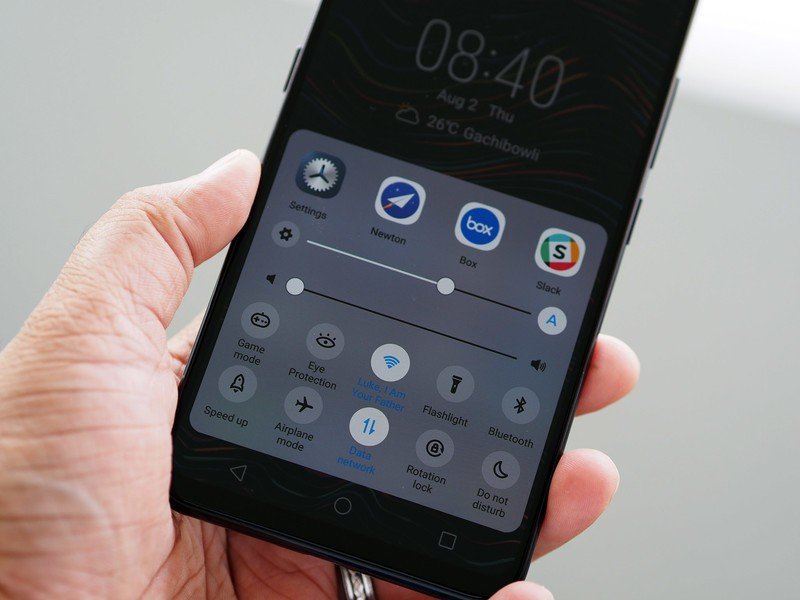
Vivo NEX Software
The Vivo NEX went up for sale in China first, and because Google services are banned in the country, it didn't come with the Play Store out of the box. However, with the phone officially on sale in India, my unit does have the Play Store and Google's suite of services bundled.
While the lack of Play Services isn't an issue that affects the Indian unit, it has its own set of problems. Vivo's Funtouch OS is heavily skinned, and the interface as a whole resembles iOS more than any other Android device. There's a reason for this: when Vivo started out, it offered phones that looked a lot like the iPhone, and to sell the overall experience, it even designed its software to be an iOS clone.
You're buying this phone for the hardware; not the software.
Things have changed dramatically on the hardware front over the last four years, but it's clear that Vivo still has a long way to go when it comes to the software side of things. The multitasking pane, for instance, is near-identical to what you'd find on iOS, and there's even a Control Center that you can pull up with a swipe up from the bottom of the screen. Vivo even calls it the Control Center, and it houses the toggles for Wi-Fi, Bluetooth, mobile data, and others. With the toggles located at the bottom, the notification pane itself is bare, and only shows incoming notifications.
While it was a major annoyance on the X21, the position of the toggles sort of makes sense on the Vivo NEX. The humongous 6.59-inch display doesn't really allow you to reach all the way to the top to get to the notification pane, but the toggles are easier to access as they're located at the bottom. You get the option to choose what toggles show up in the Control Center, lock apps so they don't get cleared from the cache, and adjust brightness and volume. Like the rest of the interface, the notification pane also has a similar iOS-inspired layout, but you do get the option to snooze notifications. Vivo thankfully offers inline relies as well as actionable notifications.
I regularly missed notifications from Newton Mail, Slack, Twitter, and Allo, and it was only when I opened a particular app that the notifications flooded in. For a phone to not get push notifications right — particularly one that costs $650 — is inexcusable in 2018, and Vivo needs to get its act together on the software front. For what it's worth, this isn't the first time I faced issues with notifications. Most Xiaomi phones I used last year also had a similar issue, but to its credit Xiaomi addressed the problem with MIUI 9.
Most of the cosmetic issues can be mitigated by switching to a launcher like Nova, but Vivo needs to address the more serious bugs in Funtouch OS for it to be a viable option outside of China.
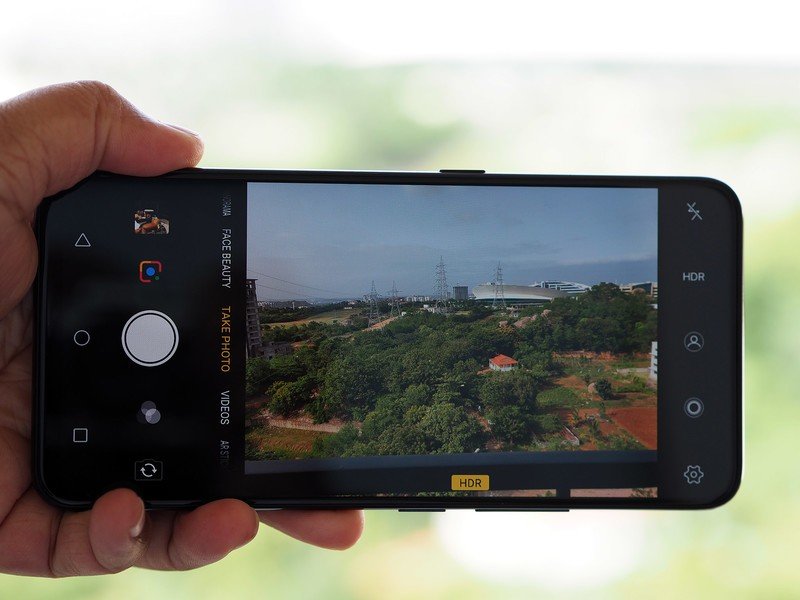
Vivo NEX Camera
The NEX has dual 12MP + 5MP cameras at the back, with the primary sensor offering 1.4um pixels and 4-axis OIS. The secondary sensor is for adding depth information to shots, and it creates a background blur effect.
The camera app itself is quick to load and there's no noticeable shutter delay when taking photos. The interface is easy to use, and there's even Google Lens integration, which provides additional information for real-world objects and locations.










The NEX produces impressive photos in daylight conditions, and the phone manages to do a decent job in artificial or low-light scenarios as well. The image quality isn't at the same level as the Pixel 2 or the Galaxy S9, but it is on par with other devices in its price bracket. Vivo's post-processing tends to favor oversaturated colors, and although they look great when shared on social media platforms, they're not indicative of true-to-life colors.
OIS makes videos come out jitter-free, and the rear camera can shoot in 4K. And as cool as the front 8MP camera is to use, the results aren't anywhere as good as what you'd get on the Pixel 2. The NEX would've fared a lot better had Vivo used a better-quality sensor for the front shooter.
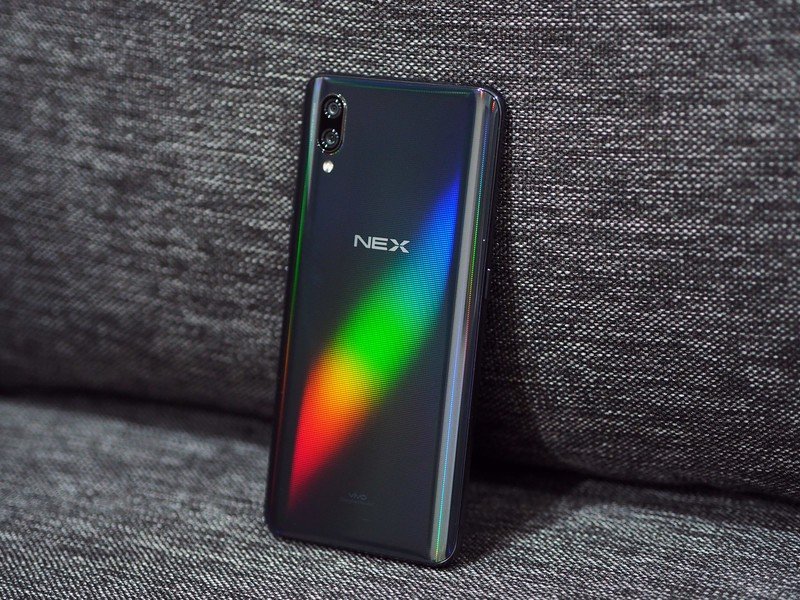
Should you buy it? Yes
The Vivo NEX is a bold showcase for the future. With the rest of the field adopting the notch as a way to minimize bezels, Vivo went with an innovative solution that hides the front camera entirely.
The main issue with the Vivo NEX is availability: the phone is going up for sale primarily in Asian markets, and while you can import it from China, that particular version doesn't include Google services out of the box, making it a non-starter for the U.S. or UK markets.
But if you're living in India or other Asian markets where the NEX is currently on sale, then there's plenty to like in the phone. The NEX is the best representation yet of an all-screen display, and the ultra-thin bezels up front create an immersive effect that you don't really get with most other phones, aside from the Find X. Gaming in particular is a delight on the NEX thanks to the beefy hardware, the large 6.59-inch display, and the huge 4000mAh battery.
The NEX isn't without its downsides — there's no water resistance, and you'll have to spend an afternoon setting up the software to your preferences. But overall, you're getting a lot of interesting tech that isn't available on any other phone today.
In India, the NEX is going up against the OnePlus 6. The 8GB/128GB verison of the OnePlus 6 costs ₹39,999 ($580) in the country, and while OxygenOS delivers a much better software experience, the NEX has much more exciting hardware.
4 out of 5
Vivo has aggressively marketed its wares in Asian markets over the last four years, building an impressive distribution network that allowed the company to rise up the ranks in the handset segment. With the NEX, it is signifying its intent to carve out a larger presence for itself in these markets.
The NEX is one of the most innovative phones of 2018. The software situation isn't ideal, but if you're in the market for a bezel-less phone with top-notch hardware, the NEX is one of the best devices available right now.

Harish Jonnalagadda is Android Central's Senior Editor overseeing mobile coverage. In his current role, he leads the site's coverage of Chinese phone brands, networking products, and AV gear. He has been testing phones for over a decade, and has extensive experience in mobile hardware and the global semiconductor industry. Contact him on Twitter at @chunkynerd.
